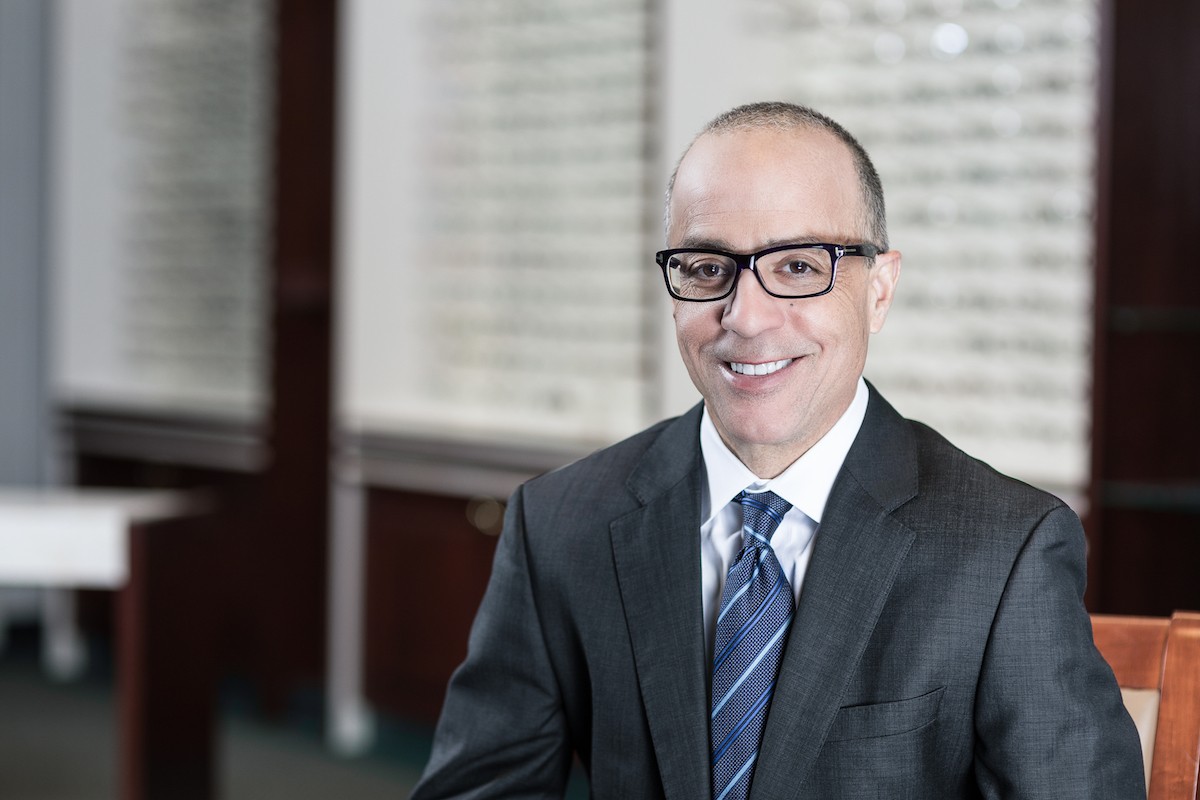An Interview With Dr. Derick for Cataract Awareness Month

As Cataract Awareness Month comes to a close, we sat down to talk with COA’s Director of Glaucoma Dr. Robert Derick to ask him about how glaucoma and cataracts can be treated simultaneously.
Dr. Derick, how many patients have a cataract and glaucoma?
Of the 4 million cataract surgeries performed annually in the US, more than one million of those patients are on one or more medications to control their eye pressure. Comorbidity is quite common.
Do patients that use glaucoma eye drops continue to use them after cataract surgery?
Most patients will experience some reduction of their eye pressure after cataract surgery. If the glaucoma is quite mild, this reduction may be enough to eliminate the need for drops. In patients with moderate-to-severe glaucoma, an additional procedure at the time of cataract surgery is generally needed to allow for a safe reduction or elimination of glaucoma medications.
What is this additional procedure that helps glaucoma during cataract surgery?
There are several options. For patients with mild-to-moderate glaucoma, there are procedures in the minimally invasive glaucoma surgeries (MIGS) category that can safely lower eye pressure. These are generally performed through the small incision we use for cataract surgery. They add little time or risk to the surgery and result in lower eye pressure and quick recoveries. Most of these involve micro-shunts that we place in the eye to enhance filtration of the aqueous humor, which is the fluid in the eye.
We also have traditional glaucoma filtration surgeries that we have been performing for decades, and we can perform these in conjunction with cataract surgery for folks with more advanced disease.
How long would this surgery take? Are patients awake?
Cataract surgery with a MIGS procedure generally takes under 15 minutes. We perform the surgery with IV sedation and a local block. So patients are awake but are sedated and comfortable.
Can a glaucoma patient choose one of the special lenses to reduce the need for glasses after cataract surgery?
In many cases, yes. But we tailor the best lens for each patient on an individual basis.
What are some of the risks and potential complications associated with surgery for patients with glaucoma?
Like cataract surgery without glaucoma, the risks are fortunately quite low. We carefully monitor eye pressure, as patients with glaucoma can have wider variations in their eye pressure after cataract surgery. We can also adjust medications appropriately.
After surgery, how often will I need to be seen in the office?
Generally, patients will need to be seen the day after, week after, and month after cataract surgery with a MIGS procedure. This timeline is very similar to the timeline of patients who only need cataract surgery.